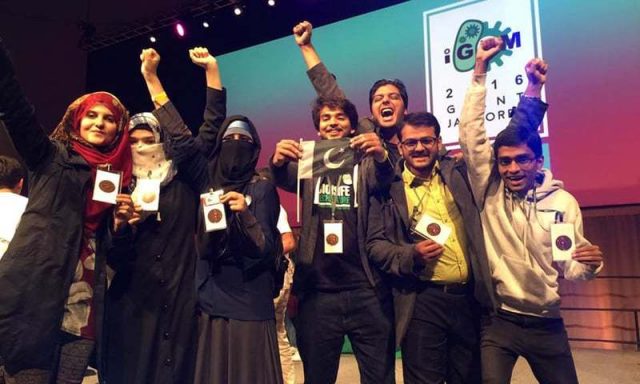
Competitions have been around for centuries. It is the nature of species to compete. That is why there was natural selection, why human beings evolved, why we enjoy technology today. And while scientists understand competition, whether for a grant or discovery, they may have overlooked science competitions as a means to solve the world’s problems. Well, that is, until Google Hackathons and competitions such as the International Genetically Engineered Machines (iGEM) Competition came along.
The Environment, People, and Machines
We are all surrounded by problems we would like to solve. It doesn’t have to be a challenge that has a global impact. For instance, you may want to find a way to deal with human fatigue so you can improve your productivity. Another person may want to convert a desert into forestland, and we’ve seen that happen before.
A small group of Pakistani students thought the same thing as they signed up for the iGEM 2017 competition. Now, this is where science solving the world’s problems comes in. This group, made of students from different parts of the country, came together and designated heavy metal water contamination as one of the biggest threats to the aquiline plants and animals in Pakistan. So what did they do? They built a machine that can detect arsenic in water.
The machine, a ‘reporter fish’, could change its color when it came in contact with hard metal. This, along with the text the fish would send, could notify its owner of possible hard metal poisoning in the surrounding waters.
The project was awarded the silver medal in the 2017 iGEM competitions.
Solution to the world’s problems
Science has always been a means to give solutions to world problems, and science competitions could be too. Just as the Pakistani group came up with a way to deal with heavy metal poisoning in its country’s waters, others could also participate in these competitions while simultaneously tackling a problem within their environment.







